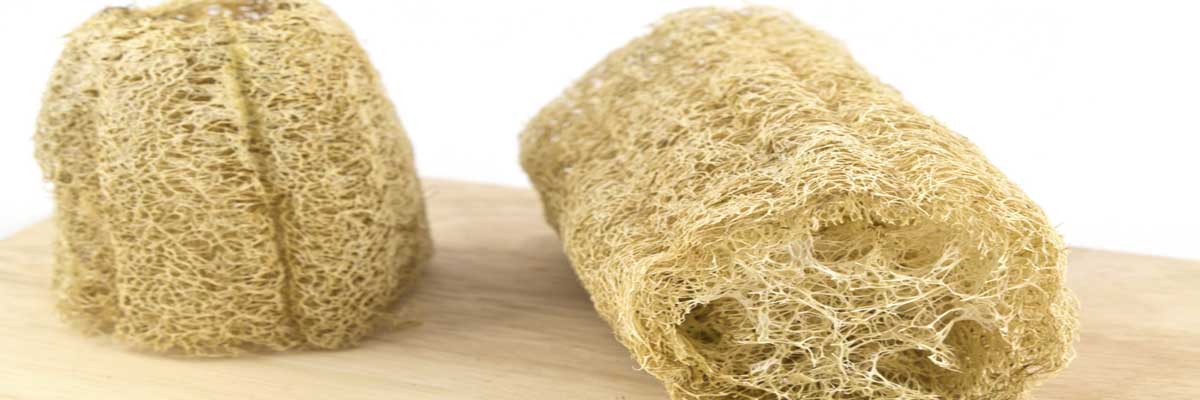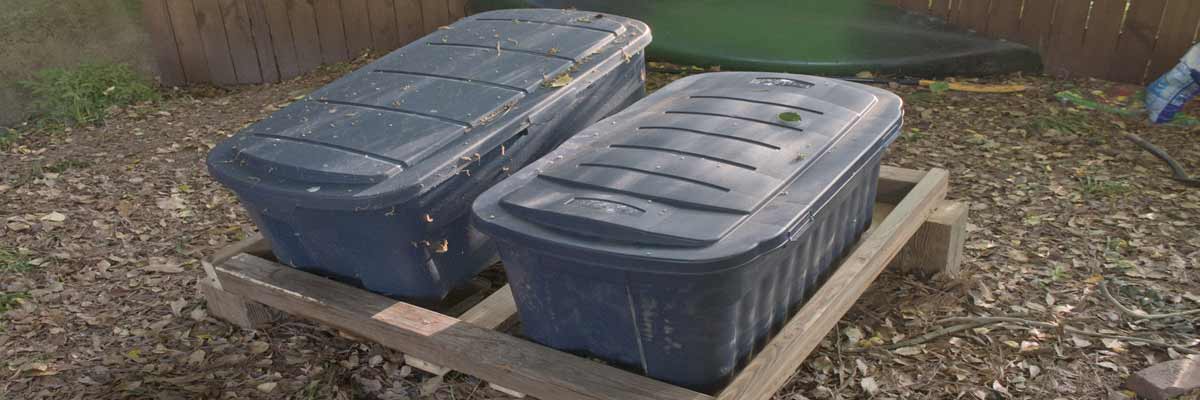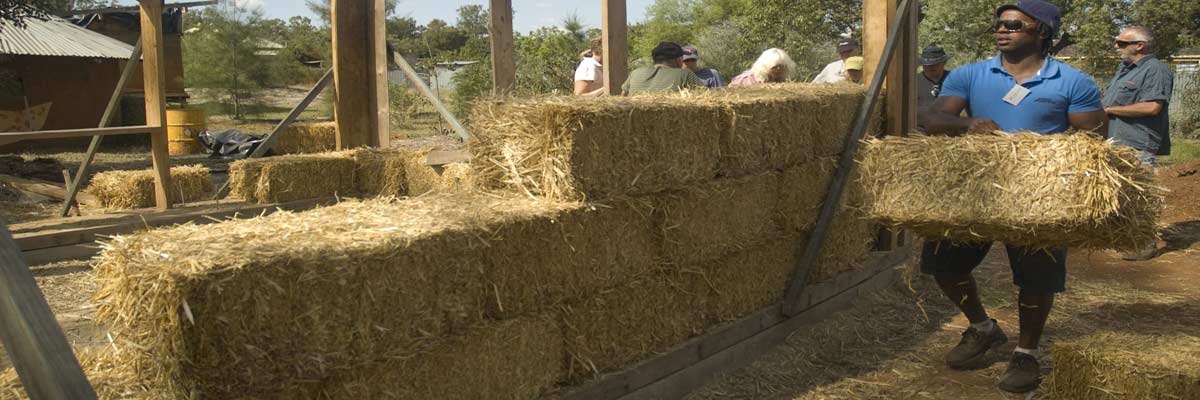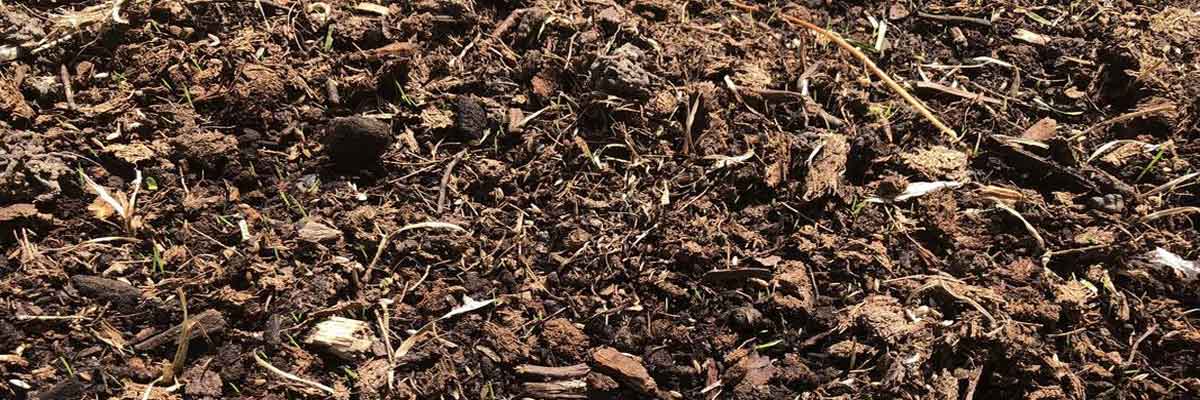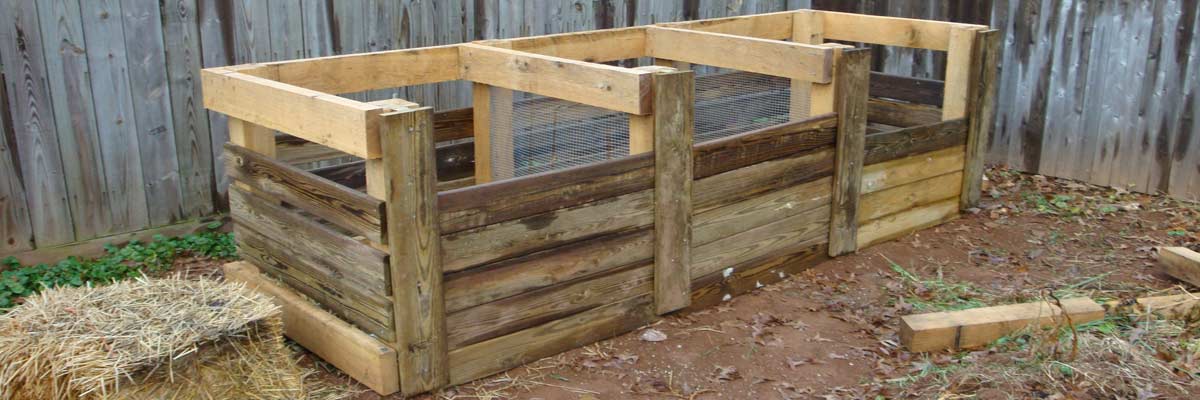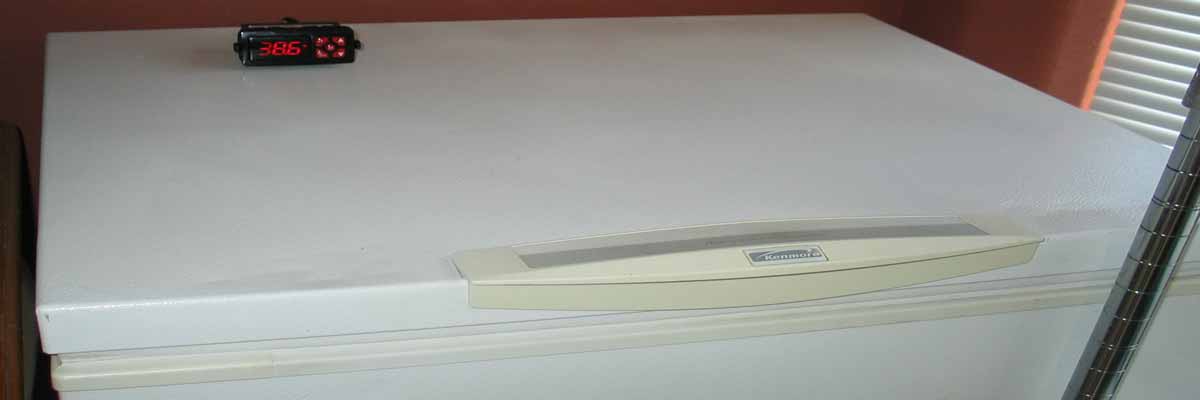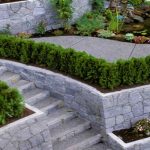How To Make (and grow) A Luffa!
For the third autumn in a row I am pleased to be harvesting my shower sponge for next year. Now I know that must sound like a strange statement but it’s true. Many people are surprised when they find out I grow my own Luffa sponges. “Don’t those come from the sea?”, is the standard question to which I respond that the Luffa is a vegetable you can grow in your very own garden.
This annual requires a long growing season of frost free weather. But for those of you in colder climates it is possible to start seedlings indoors and then transplant them outside allowing you to grow your own sponges. The vine can grow to great lengths producing beautiful yellow flowers all summer. Next spring I will be sure to remind you to start your sponges. Right now though I am focused on the harvest. I almost waited too late to get my Luffa started this spring so I was lucky to get a hand full of mature sponges. This one grew right outside my bedroom window.
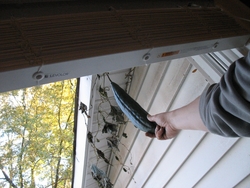
How To: Make A Worm Bin For Your Home
Most people don’t associate worm bins with something that can exist inside your home. However, with the right ventilation and setup, your worms will be more than happy to do their work in your company — without upsetting guests who might cringe at the thought. The secret is in using Rubbermaid Roughneck 10 Gallon Plastic Containers; the type that most people use for storing winter clothing or footwear. Their unassuming appearance make for easy integration of a worm bin in the basement, pantry, etc.
The instructions after the jump are really easy to follow. I haven’t tried it myself yet, but admit to wanting faster compost; especially with winter drawing fast and thoughts of Spring taking root. I’ve never tried worm composting, but hear it’s pretty effective. Anyone have any suggestions for worm bin composting inside the home? Take a look at these plans and tell us what you think!
DIY :: Strawbale Coldframe
I recently overheard Albert Bates of The Farm make mention of using strawbale walls in greenhouses. Typically strawbale construction treats the straw walls with a lime and clay plaster to create a breathable, weather and bug resistant barrier. If not the bales rot. However when the bales begin to breakdown the process gives off heat. Mr. Bates leaves the strawbale greenhouse walls untreated so that they will decompose over the winter and give off heat to keep the plants warm. The following spring the partially decomposed walls are used to mulch the garden. I scaled down the idea a bit and built myself a strawbale cold frame. Here’s how to do it.
Groovy Challenge :: Stealing Soil
On our own, nongroovy websites Matt and I have been talking about the great autumn resource of fallen leaves from deciduous trees. Sure you can rake the leaves from your yard and use them as mulch or add them to your compost pile but what about all those bags of leaves you see on the side of the road piled up as other people’s trash? The process by which trees produce leaves that then fall and decompose is how soil is created. Those people are throwing away soil. Are they crazy!?!? Every year 25 billion tons of topsoil is lost to the world. The way I see it I have a duty to stop and pick up those bags and make sure that they are indeed turned into life supporting soil. Sure they’ll rot wherever they end up but why not in my garden helping me to grow yummy, superlocal food?
So here’s the challenge. Matt, I bet I can pick up more bags of leaves (soil) than you can. If you accept my challenge and I do pick up more bags, you will have to do something. But if you happen to collect more bags of leaves from the side of the road then I will have to do something. And we’ll let the readers decide what that something is. What do you say?
DIY Compost Bin
In the spirit of this newly announced competition, I put together a larger compost bin to collect our (and yes, possibly our neighbor’s) leaves this fall. This will supplement our smaller secure bin that we use for kitchen scraps – It keeps the skunks out.
Killing two birds with one stone, I got rid of a good portion of my “reclaimed wood pile” (that was not Mrs. B’s favorite), and built myself a fine compost bin.
A picture is worth a 1000 words, so without further ado: (click more to see pics and for dimensions)
0.1 kWh/day Refrigerator
I guess that this “hack” from a chest freezer to a super-efficient refrigerator has been around for a year or so (2005). This just proves that you have to poke around to find something good, and when you do share it with others. (I wonder if the folks from path to freedom have seen this one yet.)
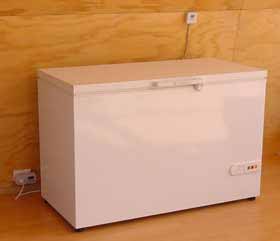 I found Mt. Best via farmlet, 2 great new sites to bookmark (new to me anyways), both out of NZ.
I found Mt. Best via farmlet, 2 great new sites to bookmark (new to me anyways), both out of NZ.
Here’s what they have to say about their fridge:
” My chest fridge (Vestfrost freezer turned into a fridge) consumes about 0.1 kWh a day. It works only about 2 minutes per hour. At all other times it is perfectly quiet and consumes no power whatsoever. My wind/solar system batteries and power-sensing inverter simply love it.
It is obvious that a truly energy efficient fridge does not cost any more money than a mediocre one. It actually costs less. It also has extra features, such as digital temperature display that gives you full control on the temperature settings inside.”
